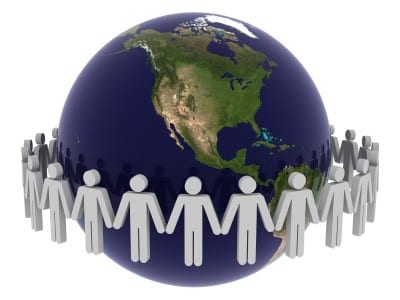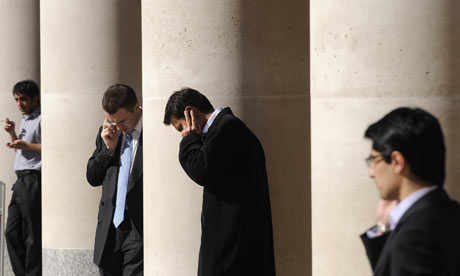Apart from color, one thing that stood out to me at first glance on SLC Comic Con's page is it tells me eight of my friends "like" the page and two of my friends have been to Comic Con in Salt Lake City before. Although this is a function of Facebook itself, it leverages the ties I have to those eight individuals. It goes back to that all too common thought, "Well if my friends are doing it, maybe I should too."
This element of the page draws upon weak ties to build new ties and strengthen existing relationships. This is something Westercon could improve--connect fans to people they know and help them recognize their common interests.
The next thing I noticed about the Comic Con Facebook page is the amount of images in the posts. Society is becoming increasingly visual, so content on social media needs to grab attention instantly to spark any kind of interaction.
This was one of my favorite images that Comic Con posted. Although it's not an original image that Comic Con's social media guru captured himself, it created a conversation. More than 1,200 people "liked" the image and more than 300 people left comments. Some of those comments included links to other websites or pictures to enhance the conversation.
This is just one example of an image someone posted as a comment. The point is that although the content Comic Con is putting out isn't 100 percent original, it's engaging and creating a conversation. Westercon needs to find a way to get people to talk about the same things. Westercon needs to be the bridge for communication among its fans and attendees.
Something that stood out to me on the Comic Con website is the number of contests it has:
Comic Con rewards its Facebook fans and its Twitter and Pinterest followers. The convention gives away tickets to upcoming events in exchange for engagement. What a great way to encourage people to talk about you!
Ultimately, Comic Con doesn't do anything too out of the ordinary, but it capitalizes on its fan base and creates a bridge for people to find common interests and interact with one another. It is visually captivating on its Facebook, Twitter and Pinterest pages and asks its fans for interaction. These are all things that would be important to remember when doing Westercon's social media.










